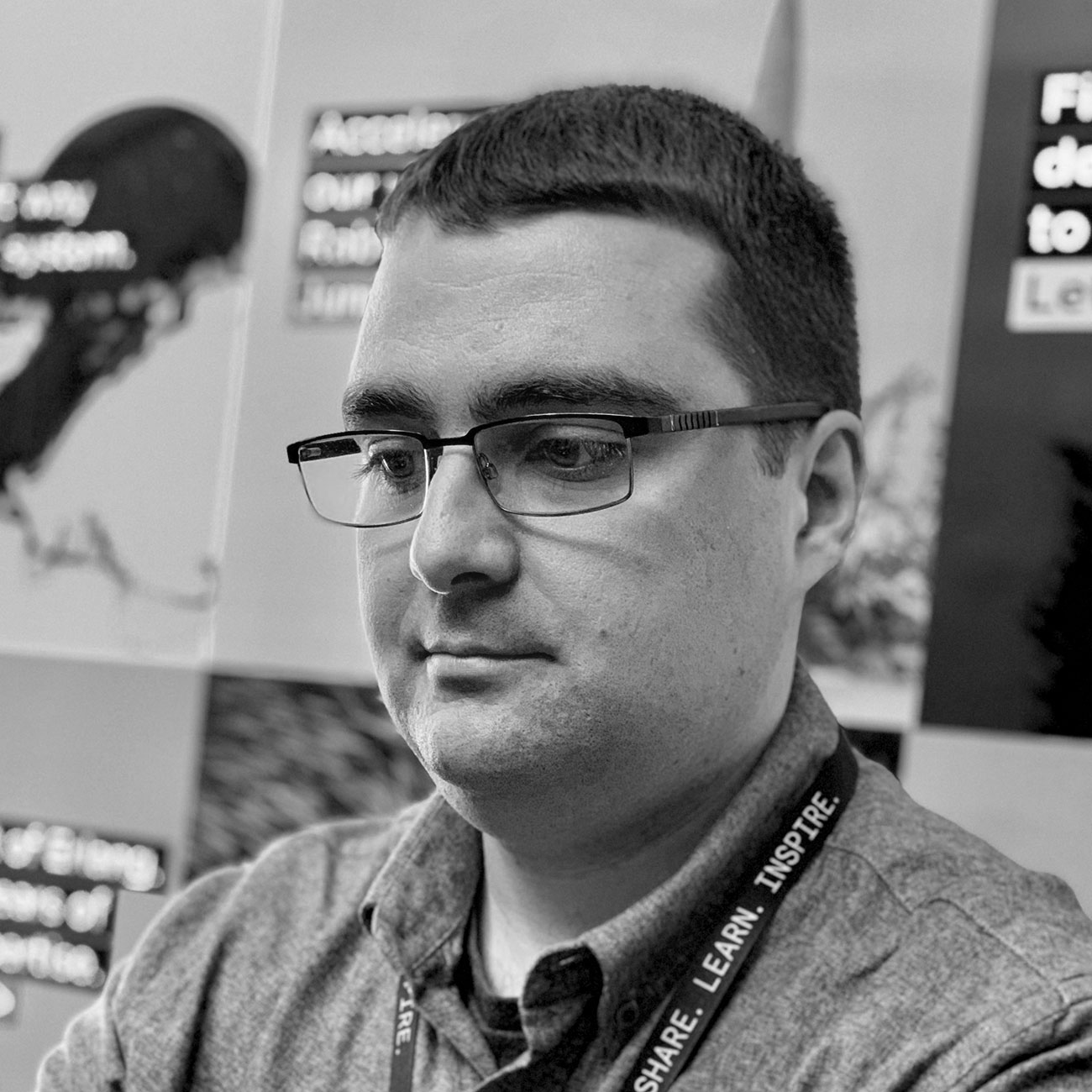
Gabor Olah
Software engineer and trainer
Gabor was introduced to Erlang during his university studies by participating in the RefactorErl group. He was interested in language design and a lot of academic problems, so this project was an excellent opportunity to get into type systems and other projects. From there, he joined Ericsson Hungary in 2011 to work on telephony switches (mostly on the famous one mentioned in Joe’s book). This taught Gabor to enjoy the complexity of this application.
This was the point when Gabor started loving working with legacy code and learned how to work in a team. After three and a half years, he joined a research project inside Ericsson where he was exposed to Executable UML and testing strategies. In 2015, Gabor joined Erlang Solutions where he has been working with different clients (e.g. backbone financial payment solutions) as well as internal products like WombatOAM. Gabor's main professional interests are language design, architecture and math.
Gabor likes drawing and painting, watching science fiction movies and series, he is a big Doctor Who fan.
Past Activities
Code Elixir LDN
09.00 - 17.00
Two tutorials: Designing and Debugging for Scalability and Reliability
TUTORIAL ONE
Elixir is often advertised on the fact that it makes it possible to build distributed, scalable, and fault-tolerant systems with high availability, but how is that achieved? Francesco Cesarini, co-author of Designing for Scalability with Erlang/OTP, will show you the design principles and tools that enable us to get the job done correctly, quickly, and efficiently.
TUTORIAL TWO
For the second tutorial, Gabor Olah will show you how to use a unique feature of the Erlang VM: Tracing. Tracing allow us to understand a running system from the perspective of the VM. We will discover how to utilise this feature to x-ray everything from a single node to a distributed application. We will discuss how to incorporate tracing into a development workflow as well as safe tracing in production.
Prerequisites: Experience in developing with Erlang or Elixir
Objectives: Learn how to design systems for scale and fault tolerance.
TRAINING ADDRESS
Toyota Connected
R7, 10th Floor
14-18 Handyside Street
London
N1C 4DN.
Code BEAM STO 2019
16.15 - 17.00
Working with legacy code
In a world driven by software, sooner or later, everyone needs to develop code left behind by somebody else. In this talk, we discuss what is legacy code, how to understand it, and the required mindset needed to tackle it. Since dealing with legacy is mostly about understanding the code, we provide some ideas of what tools to use on the BEAM platform to ease grokking the legacy system. Through battle stories, we provide examples which challenge the job of future developers, suggesting how to avoid them.
OBJECTIVES
This talk will provide useful insights into the world of legacy code through actionable ideas and battle stories.
AUDIENCE
This talk is for all software developers, reminding them to be humble to those who will maintain their code base, as it could be you one day.